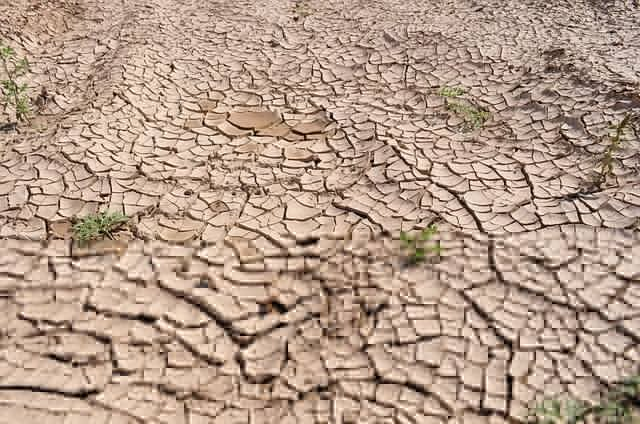The effects of global warming on our ecosystem
With the increase in global warming, the risk of loss of biodiversity also increases. If global temperature increases by 2 - 3⁰C, around 16% of plant species, 18% of insects and 8% of vertebrate species lose their habitat which leads to loss of species. There is enough evidence that with the rapid change in climate, some species can’t adopt.

Due to climate change, lot of insects will disappear which will have adverse consequences on both animal and plant life and it will affect the functioning of entire ecosystem. Insects play very crucial role in many processes of our ecosystem. They help in pollination, cycling of nutrients, decomposition of animals and plants and providing food for other higher vertebrates like mammals, birds and amphibians. It is estimated that 60% of birds depend on insects as food source and about 80% of wild plants depend on insects for pollination.
The effects of climate change on plant species are already evident across the globe. The plant species are slowly shifting northwards in the northern hemisphere and to the higher altitudes where weather conditions are more favorable for their growth. However, the higher altitudes can only support the plant species to certain extinct and then these species go extinct. There are also reports of changes in phenology of plants like flowering, early budding and fruiting. These changes have affected on pollination practices and invertebrate ecosystem which is associated with these plants.
Another risk factor which affects the sustainability of plant is drought. The increased risk of drought threatens to increase desertification, particularly in sub-Saharan Africa, Southern Africa and North America and it leads endangering the survival of widespread plant species living in narrow geographical range.

The global warming has also increased the risk of other threats such as fires, pests and diseases and extreme weather events. The Southeast Asian region has become vulnerable to increased flooding due to rise in sea level and likely changes in monsoon patterns. It has also significantly reduced the food production.
In rainforests and polar regions, the impact of global warming on animals has been clearly observed. The geographical range of many animals and invertebrates has changed and species are moving to higher altitudes. The animals phenology has also changed like emergence from hibernation, mating, egg laying and appearance of butterflies. The endemic species of animals are mostly at risk with narrow geographical ranges.
The global warming has also impacted both phytoplankton and fish numbers. There are some areas which benefit from increase in temperatures like those at higher altitudes. Fish migrate from lower to higher altitudes waters and it changes the ecosystem in those areas.
According to reports, 70 – 90% of coral reefs will disappear with global warming of 2 – 3⁰C. There would be change in ocean chemistry of the tropical waters of lower altitudes, which results in increased hypoxia and acidification. The fish species will reduce and it will impact fishing, fishing practices and human access to food.
The global warming is reality and strategy is required to take into account environmental, industrial, agricultural, nutritional, food safety and security features so that survival of the planet may be ensured.
Thank you for reading! Stay Safe!👋😌
Resources:
1.https://en.wikipedia.org/wiki/Climate_change2.https://www.livescience.com/37057-global-warming-effects.html
0
0
0.000
Thanks for using Ecency!
Your post has been voted as a part of Encouragement program. Keep up the good work!
Dear readers, follow and support this author, Install Android: https://android.ecency.com, iOS: https://ios.ecency.com mobile app or desktop app for Windows, Mac, Linux: https://desktop.ecency.com
Learn more: https://ecency.com
Join our discord: https://discord.me/ecency